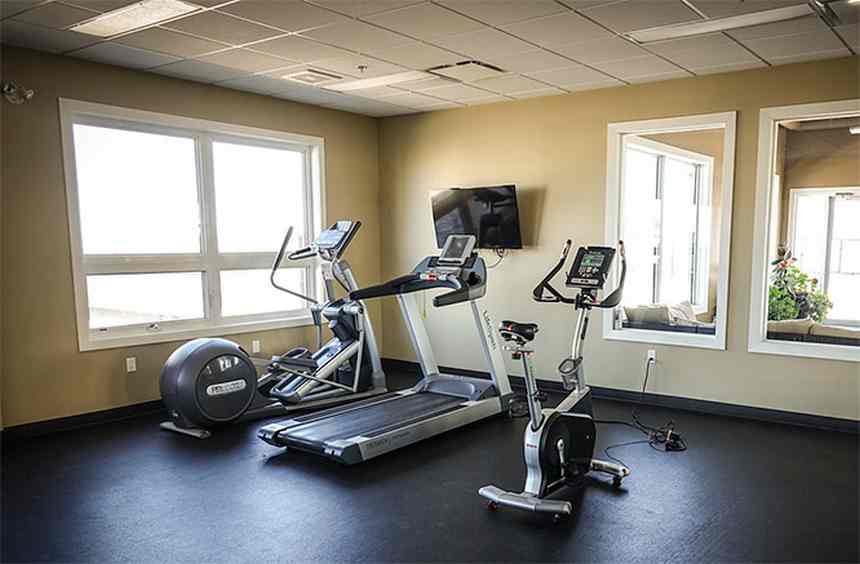Leave it to the star of this week’s #WorkoutWednesday, Zoe-Maia from Maia Well Co Pilates, to help with that lockdown-induced back pain you’ve been suffering. For many, a year on, the lack of commute and increased time spent at less-than-perfect desk set-ups has left us hunched and suffering stiffness, soreness and pain in our backs.
Instagram content
View on Instagram
“Desk-induced back pain often results from long periods of sitting down, which we’re all doing a lot more of at the moment,” says Zoe-Maia. “The good news is that Pilates can help.” A way of movement that focuses on strengthening the muscles that support our spine, shoulders and lower back, it’s a practice that’s designed to keep our bodies healthy, strong and injury-free, explains Zoe-Maia. Those who practice it regularly can expect a strong core, glutes, and back extensors (which help us to sit upright), all of which contribute to good posture and a healthy back. Plus if you’re tight in the hips thanks to long periods of sitting down, it can help with that, too.
Read more: 13 Of The Best Essential Oil Diffusers To Refresh Your Space
If you’ve never done Pilates before, then rest assured it’s equally challenging and rewarding, especially in terms of how the body looks, feels and importantly holds itself. Zoe-Maia advises starting with, “some gentle beginner mat-based classes, focusing on the fundamentals of Pilates,” and points out that all teachers have their own style and ways of teaching – from dynamic or classical to slow and stretchy – so it’s worth trying a few different classes to see what resonates with you. An easy first port of call is the excellent 20 minute workout she created exclusively for British Vogue, seen above.
After that? Here she shares five different Pilates exercises to help with poor posture and a bad back.
Read more: Best Treadmills For At Home Workouts
The Hundred for core strength
This is the most well-known Pilates exercise, designed to get the blood flowing around the body, whilst strengthening our deepest abdominals. Lie on your back with knees bent into chest. Hold onto shins to help lift head, neck and shoulders off the mat, with your eye gaze onto your centre (imagine a small orange between chin and chest). Place arms by your side at hip level, fingers reaching away from you. Start with your knees in table top position, whilst keeping your lower back connected to the mat. To progress, extend the legs out onto a high diagonal (heels together, toes apart), only if you can ensure to not lift lower back off the mat. Start pumping the arms strongly up and down as you breathe in for 5 counts and exhale for 5 counts. Repeat 10 times and once finished, bring knees into chest and rest head, neck and shoulders on the mat. To modify for beginner level, start with knees bent and feet on the floor, heels in line with sit bones.
Clams for glute activation
Lie on your right-hand side, lining up your back with the back of the mat (shoulders stacked, hips stacked). Bend your knees at an angle forwards, with your feet in line with your sit bones. Try to keep a small space between the right side of your waist and the mat. Keeping heels together, toes apart, lift the feet off the floor and start to open up the left knee, and engage your left glute. Be mindful you keep your left hip stacked on top of the right hip throughout. Repeat approximately 10-20 times and repeat on other side.
Read more: The Best Fitness Trackers Of 2021
Pelvic tilts for lower back release
Lie on your back, arms by your side, knees bent, feet flat on the floor with heels in line with sit bones. Imagine a cup of tea balanced across the front of your hips. Breathe in to prepare. As you exhale, start by curling the tailbone towards you, this will connect your lower back to the mat (and visualise the cup of tea falling onto your chest). Then as you inhale, gently curl the tailbone away from you, this will create space between the lower back and the mat (and visualise the cup of tea falling between your legs). Repeat approximately 6-10 times.
Shoulder bridge for spine mobilisation
Continuing from the pelvic tilts, as you inhale, tuck the tailbone towards you and as you exhale, start to peel the spine away from the mat, one vertebrae at a time, engaging the glutes and bringing yourself into a shoulder bridge. Inhale at the top of your shoulder bridge (weight on shoulders, not neck or head) and as you exhale, start to melt the spine back into the mat, one vertebrae at a time. Repeat approximately 6-10 times.
Read more: The 8 Best Yoga Blocks For Added Stability During Your Flow
Prone extension for back extensor strength
Lie on your front (in Pilates, we call this prone position) with feet positioned hip-distance apart. Position your hands, one on top of the other, underneath your forehead with elbows wide. Gently press your pubic bone into the mat. As you inhale, draw your navel to your spine and start to lift the upper body away from the mat, keeping your body in one long line, avoiding jolting the head backwards to keep your neck in line with your spine. Exhale as you gently soften the upper body back into the mat. Repeat 4-8 times.
Zoe-Maia offers a range of live classes that are accessible for all levels. She invites all British Vogue readers to try their first live class for free. Click here to book.
More from British Vogue:










